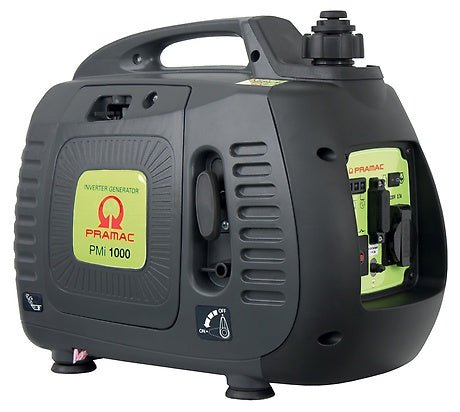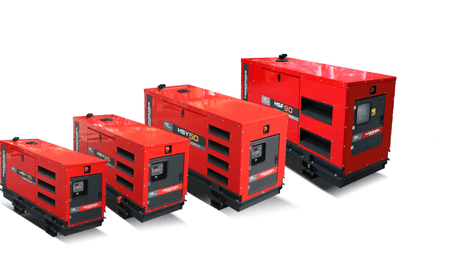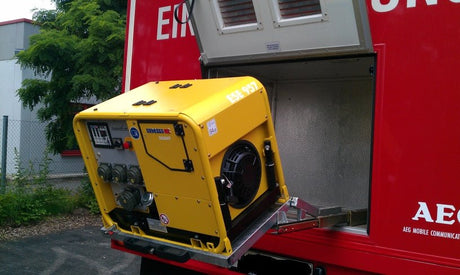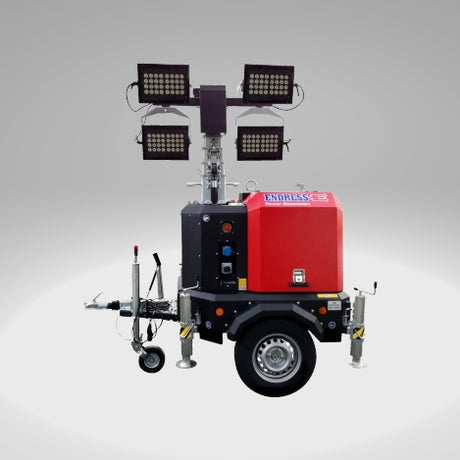Unbalanced load refers to the uneven loading of the outer conductors of a three-phase alternating current network.
For power generators, attention to unbalanced load is very relevant, as it can lead to both damage to the generator and the destruction of connected, sensitive electrical consumers (e.g. controls, computers, etc.).
In the ideal case (without any unbalanced load), the current strengths and electrical power transported are identical in all 3 phases of a three-phase network. This is approximately the case if only one three-phase motor is connected to the network, or if each phase supplies the same type and number of consumers (e.g. light bulbs).
As long as there is no unbalanced load, the neutral conductor is not loaded with current because the currents in the three phases add up to zero at any moment. This changes with unbalanced loads, i.e. if individual single-phase consumers are connected to a 400V three-phase generator. In extreme cases, only one consumer is connected to one of the 3 phases. This current must then flow back in full via the neutral conductor.
An asymmetrical load on the generator can lead to a shift in the star point. The consequence of this is the occurrence of an overvoltage between at least one of the phases and earth. This can lead to the destruction of connected consumers.
In addition, an unbalanced load causes the rotor to overheat due to the regulation of the generator. This can lead to damage to the generator.
We recommend therefore urgently selecting and sizing a power generator like this that an inclined load is avoided.
If only 230V single-phase alternating current consumers are to be connected, then a single-phase power generator should also be connected can be selected.




